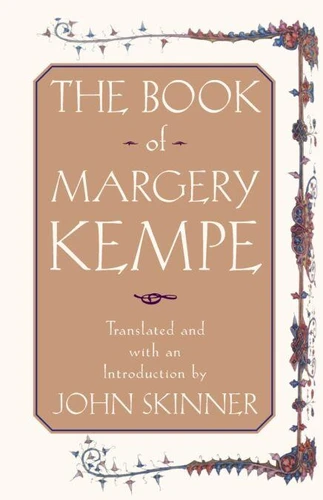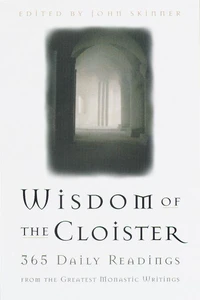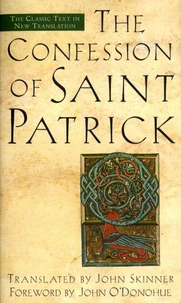The Book of Margery Kempe
Par :Formats :
Disponible dans votre compte client Decitre ou Furet du Nord dès validation de votre commande. Le format ePub protégé est :
- Compatible avec une lecture sur My Vivlio (smartphone, tablette, ordinateur)
- Compatible avec une lecture sur liseuses Vivlio
- Pour les liseuses autres que Vivlio, vous devez utiliser le logiciel Adobe Digital Edition. Non compatible avec la lecture sur les liseuses Kindle, Remarkable et Sony
- Non compatible avec un achat hors France métropolitaine
 , qui est-ce ?
, qui est-ce ?Notre partenaire de plateforme de lecture numérique où vous retrouverez l'ensemble de vos ebooks gratuitement
Pour en savoir plus sur nos ebooks, consultez notre aide en ligne ici
- Nombre de pages352
- FormatePub
- ISBN978-0-307-76876-6
- EAN9780307768766
- Date de parution26/01/2011
- Protection num.Adobe DRM
- Taille611 Ko
- Infos supplémentairesepub
- ÉditeurImage
Résumé
Though a familiar name, little was known about the English mystic Margery Kempe (c. 1373-c. 1440) for hundreds of years except that she had an association with the great Julian of Norwich. This all changed in 1934 with the discovery of The Book of Margery Kempe in a library where it had lain hidden for four hundred years. Finding Margery's own story was important not just because of the light it shed on her life, but it also turned out to be the first known autobiography in the English language.
Even more intriguing to the experts of the day, this unique document was written by a woman. But if anyone had expected to find her anything like her cloistered contemporary, Julian, they were in for something of a surprise. Far from being a typical holy woman, Margery Kempe was married and mother of fourteen children. Moreover, she had been a woman of substance, even running a large brewery for a time.
After turning to religion, she traveled thousands of miles around the known world on pilgrimages to distant lands. Beyond the circumstances of her life, what's most compelling about the text is the inner Margery that emerges. Her account of spiritual awakening, far from being a blissful episode is instead full of conflict and recrimination. What good was this new way of life if it caused her such trouble? Was this really the only way to lead a holy life? Margery remained unsure of the answers.
But her patience in her struggle is a wonder to behold, and an example for us today.
Even more intriguing to the experts of the day, this unique document was written by a woman. But if anyone had expected to find her anything like her cloistered contemporary, Julian, they were in for something of a surprise. Far from being a typical holy woman, Margery Kempe was married and mother of fourteen children. Moreover, she had been a woman of substance, even running a large brewery for a time.
After turning to religion, she traveled thousands of miles around the known world on pilgrimages to distant lands. Beyond the circumstances of her life, what's most compelling about the text is the inner Margery that emerges. Her account of spiritual awakening, far from being a blissful episode is instead full of conflict and recrimination. What good was this new way of life if it caused her such trouble? Was this really the only way to lead a holy life? Margery remained unsure of the answers.
But her patience in her struggle is a wonder to behold, and an example for us today.
Though a familiar name, little was known about the English mystic Margery Kempe (c. 1373-c. 1440) for hundreds of years except that she had an association with the great Julian of Norwich. This all changed in 1934 with the discovery of The Book of Margery Kempe in a library where it had lain hidden for four hundred years. Finding Margery's own story was important not just because of the light it shed on her life, but it also turned out to be the first known autobiography in the English language.
Even more intriguing to the experts of the day, this unique document was written by a woman. But if anyone had expected to find her anything like her cloistered contemporary, Julian, they were in for something of a surprise. Far from being a typical holy woman, Margery Kempe was married and mother of fourteen children. Moreover, she had been a woman of substance, even running a large brewery for a time.
After turning to religion, she traveled thousands of miles around the known world on pilgrimages to distant lands. Beyond the circumstances of her life, what's most compelling about the text is the inner Margery that emerges. Her account of spiritual awakening, far from being a blissful episode is instead full of conflict and recrimination. What good was this new way of life if it caused her such trouble? Was this really the only way to lead a holy life? Margery remained unsure of the answers.
But her patience in her struggle is a wonder to behold, and an example for us today.
Even more intriguing to the experts of the day, this unique document was written by a woman. But if anyone had expected to find her anything like her cloistered contemporary, Julian, they were in for something of a surprise. Far from being a typical holy woman, Margery Kempe was married and mother of fourteen children. Moreover, she had been a woman of substance, even running a large brewery for a time.
After turning to religion, she traveled thousands of miles around the known world on pilgrimages to distant lands. Beyond the circumstances of her life, what's most compelling about the text is the inner Margery that emerges. Her account of spiritual awakening, far from being a blissful episode is instead full of conflict and recrimination. What good was this new way of life if it caused her such trouble? Was this really the only way to lead a holy life? Margery remained unsure of the answers.
But her patience in her struggle is a wonder to behold, and an example for us today.







